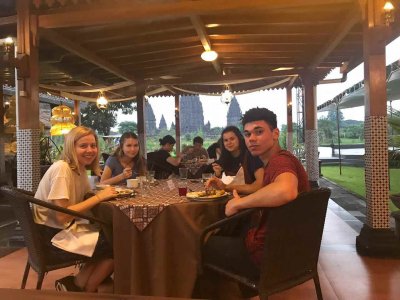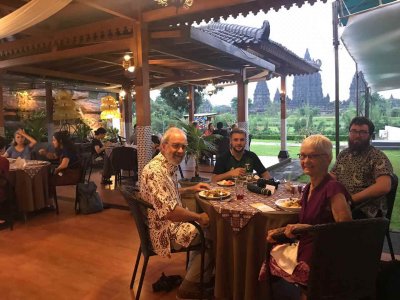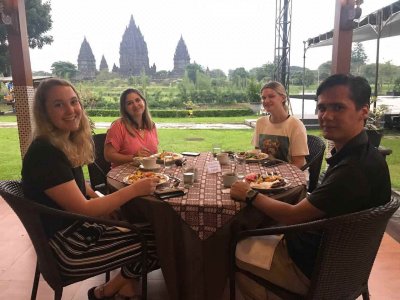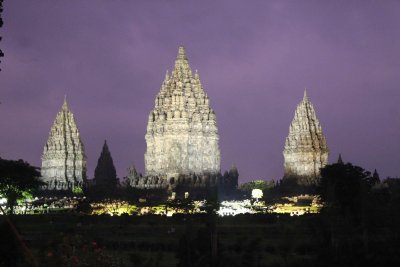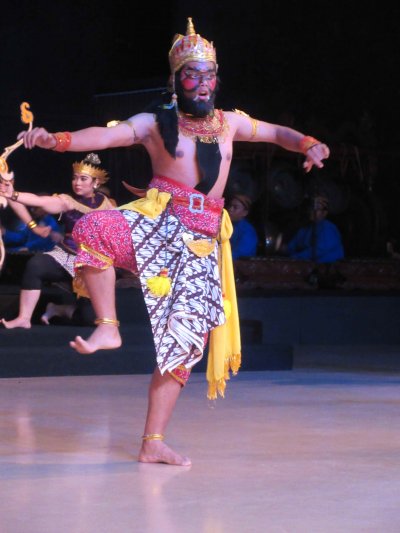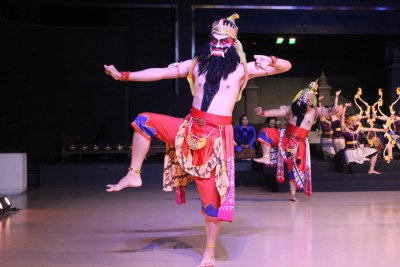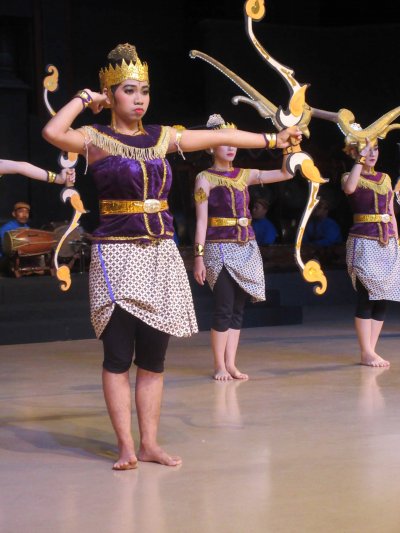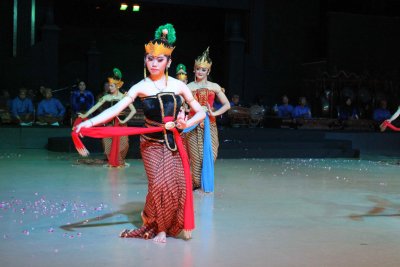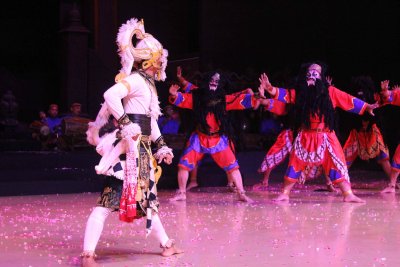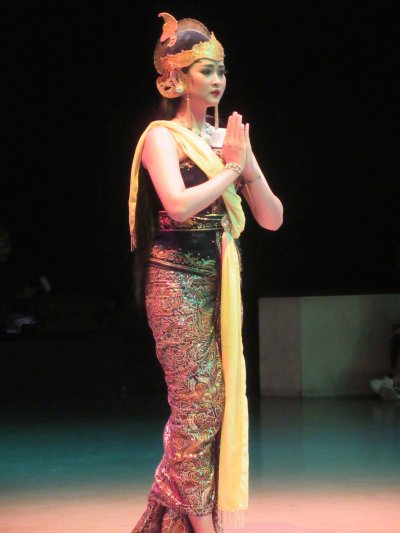Week 5 – Environment and the Arts
We were introduced to the process of farming rice by literally getting our hands and feet dirty doing the planting of seedlings. Plants are placed carefully at equal intervals so that cultivators can pass between them in multiple directions. We also had an opportunity to experience plowing a rice paddy with oxen, although oxen have largely been replaced by small tractors these days.
Rice is a grain, like wheat or oats, and takes 100 days to mature. Due to the availability of large amounts of water, and the very fertile soil created by volcanoes, two and sometimes three crops can be produced every year in this part of the world.
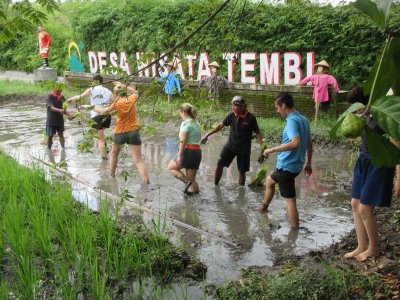
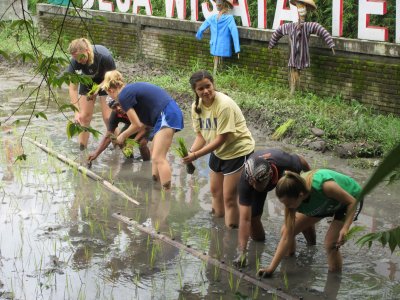

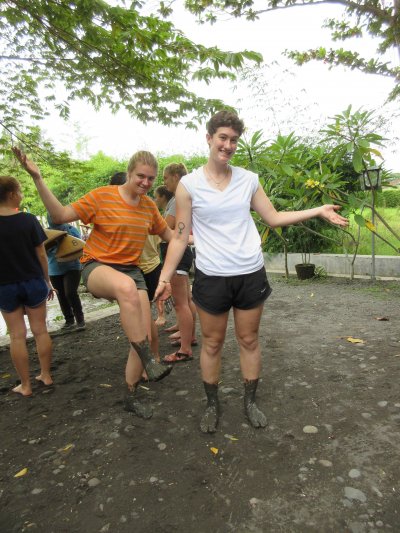
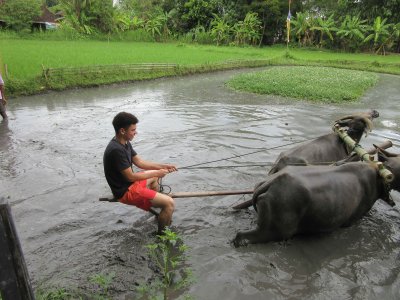
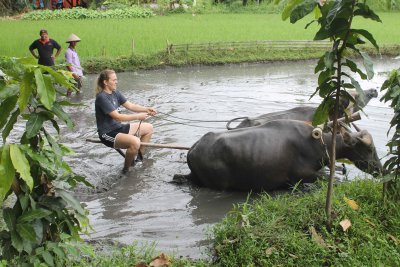
Following the rice planting we had a lesson on playing the gamelon, an orchestra of percussive, marimba/xylophone type instruments. We all participated and were able to move to different instruments from time to time. The drum is the most important instrument, the leader, in the gamelon. The gamelon is an integral part of Indonesian culture and is used to accompany many types of performances like dance and shadow puppet shows.
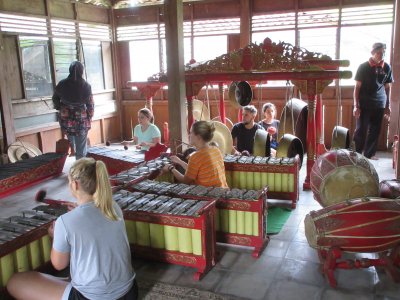
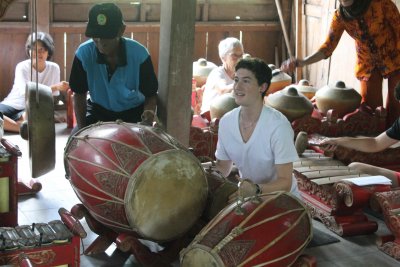
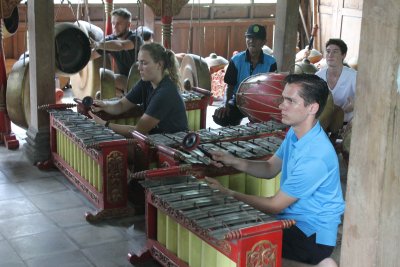

We visited a coastal area where a program of mangrove restoration is underway. Pak Tim and Mas Dwi told us about the work there to plant mangroves to protect nearby farm land from the sea. They also discussed the problem of large amounts of plastic that is disposed of in Yogyakarta and ends up in the rivers and eventually in the sea. The area where they are working is near the mouth of one of the rivers, and plastic waste is one of the challenges they face in trying to re-establish mangroves.
We participated in planting some of the new mangroves and also participated in doing some clean-up of plastic and other waste.
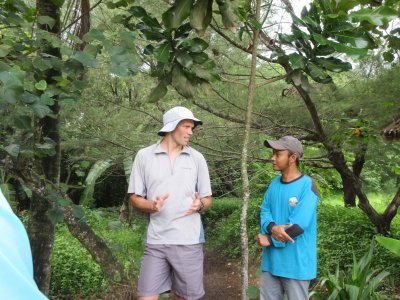

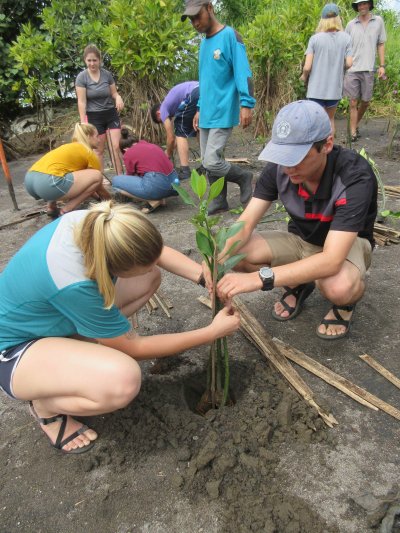
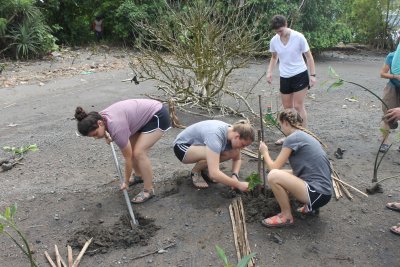
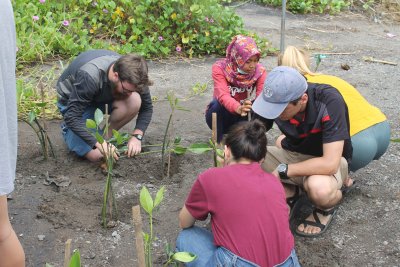
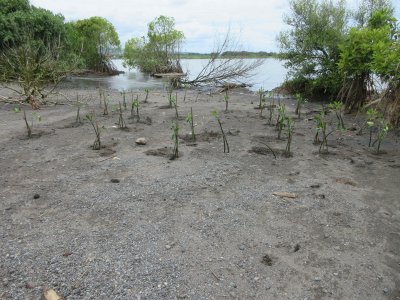
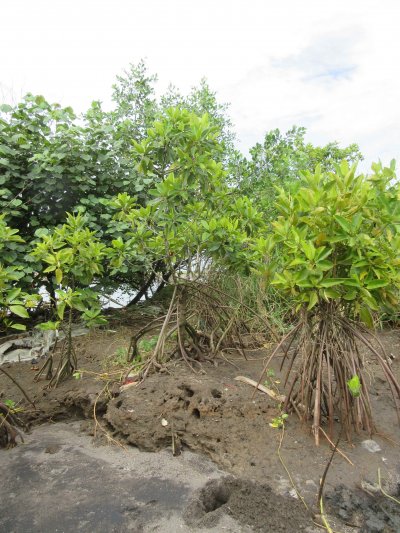

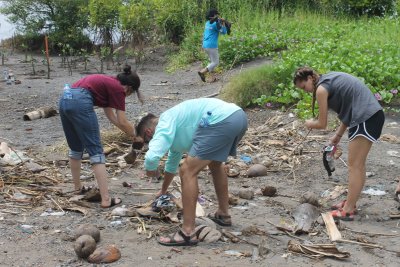
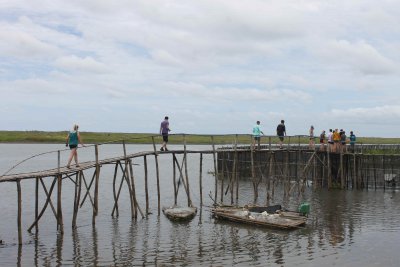
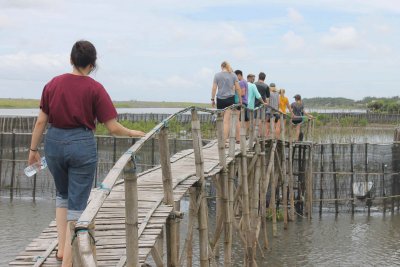
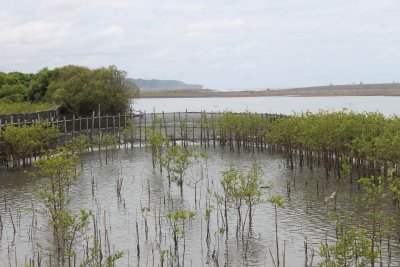
We observed and learned about the process of making batik fabric and were able to create sample blocks for ourselves. Hot wax is applied, either by a stamp or by hand drawing with a special pen, to the parts that are not to be dyed. Then the cloth goes through several vats to dye it, wash it, and remove the wax in boiling water. The removed wax is collected and recycled. Finally our samples were dried, ironed, trimmed, and hemmed for us!
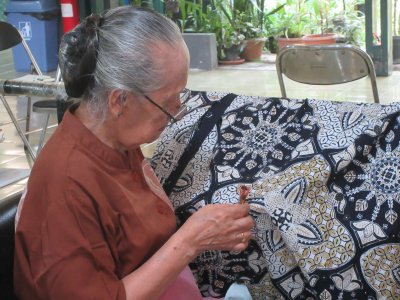
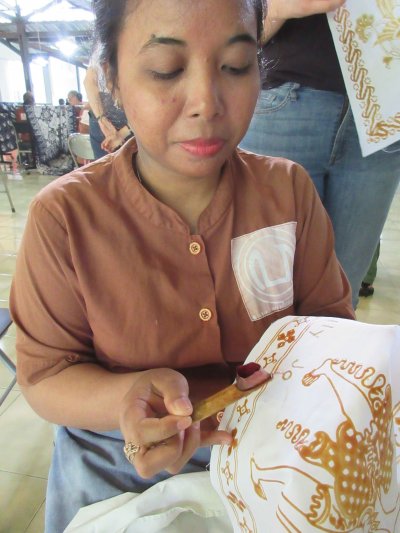
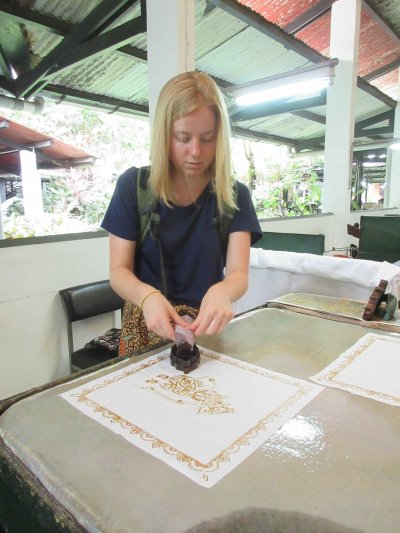
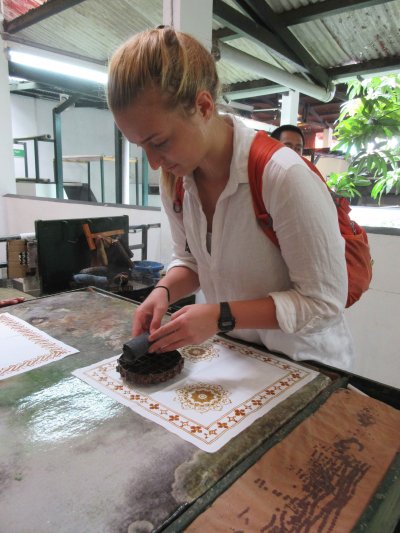
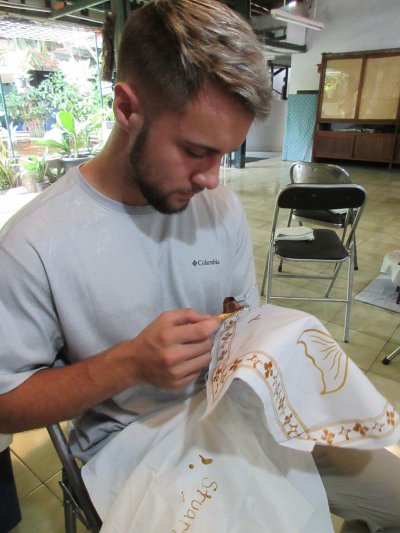
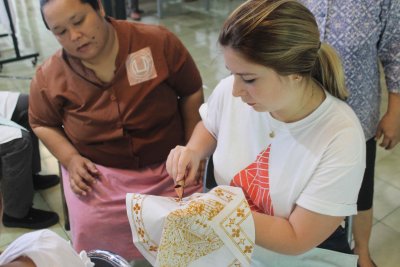

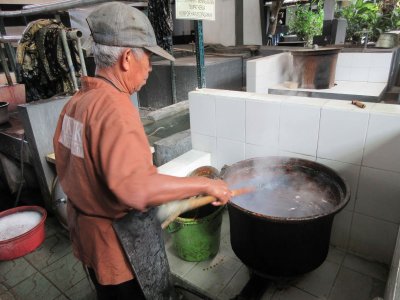
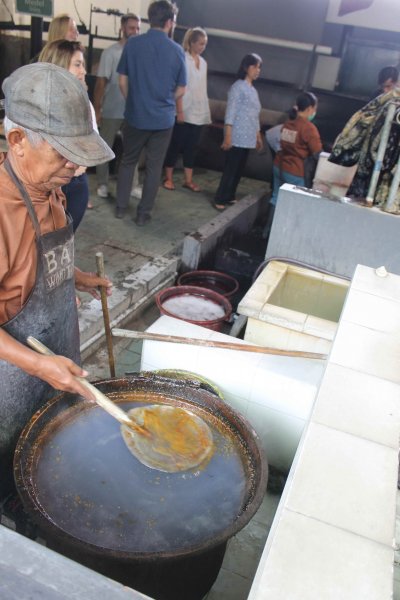
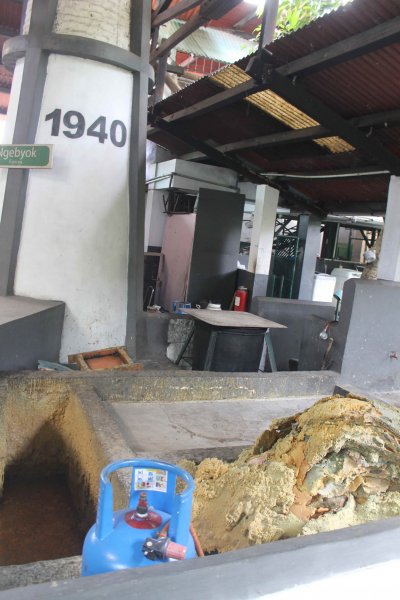
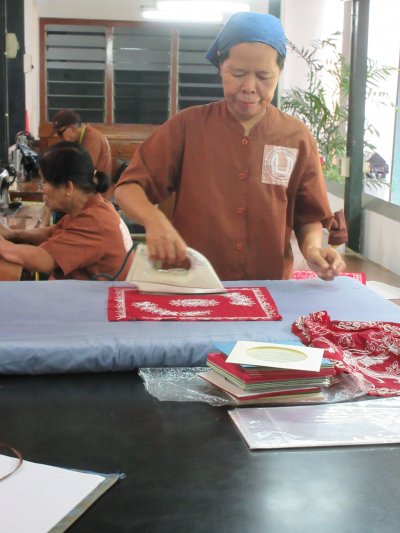
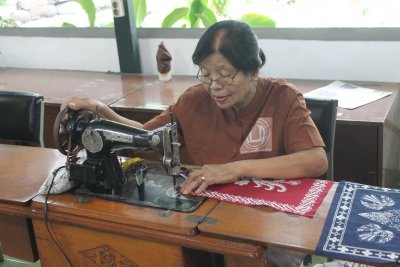
A special event this week was an evening at the Ramayana Ballet next to the Prambanan temple. We began with a wonderful dinner and then watched an amazing performance of the epic tale of Rama and Sita. It is sometimes described as an ancient Hindu version of Romeo and Julliet, but it is much more than that.
